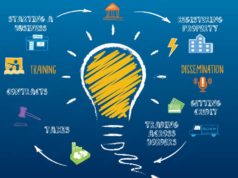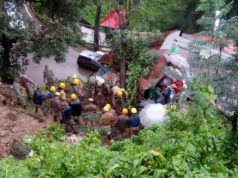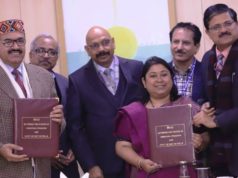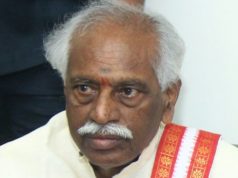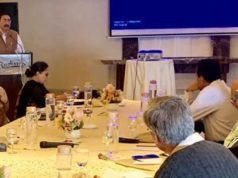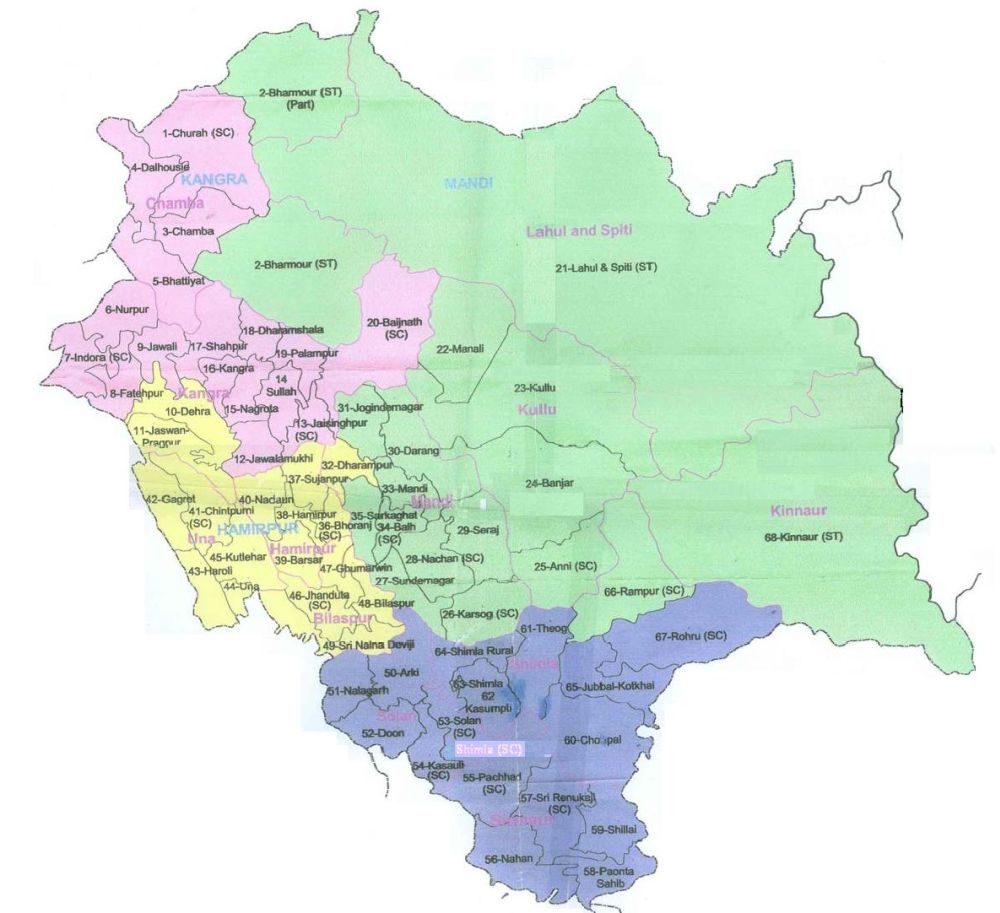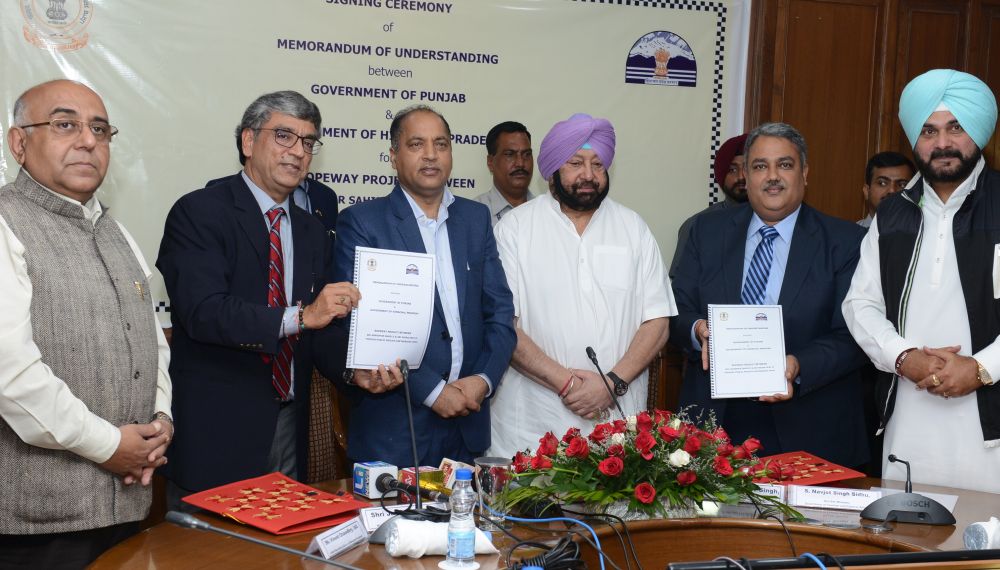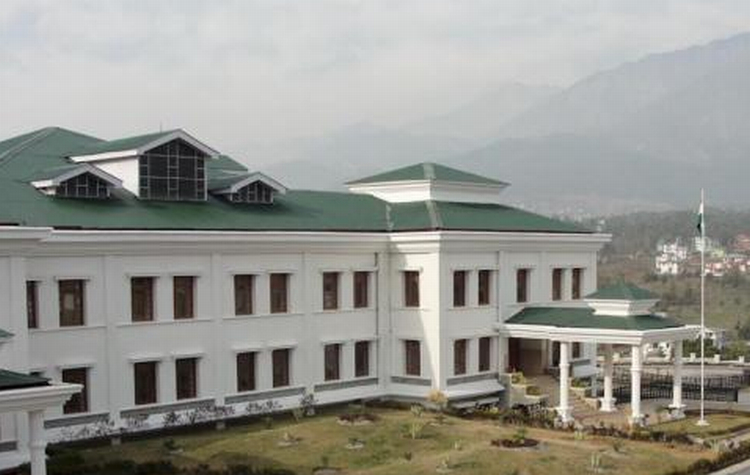A silent but significant revolution is taking place in mid and high hill ranges of Himachal Pradesh where community participation in watershed management programmes is making strong headway for success of world’s largest and India’s first clean development mechanism (CDM) project registered for carbon credits by the United Nations under which the world bank will buy carbon credits from the new forests /plantations being developed on degraded areas in 177 Gram Panchayats covering around 4000 hactare land falling in 10 districts of the state.
The certification report was given by Germany – based validation organization TUV SUD, on December 2010, which conducted an audit on behalf of United Nations Framework Convention on Climate Change (UNFCCC) and recommended the project for registration with CDM Board UNFCCC.
The project would impact total area of 4,003.07 hectares which surpasses the 3,500 hectares for CDM project of China, to make it the largest project of its kind in the world said Sh R.K.Kapoor chief project director H .P.Mid Himalayan Water Shed Development Project .
The project is expected to sequester the emission of 8,00,000 tonnes of carbon dioxide from 2006 to 2025 by promoting bio diversity through native species in remote areas , thus contributing to the fight against global warming.
While agriculture, particularly in these areas is historically associated with massive deforestation, but the peoples participation in world’s first carbon credit project that is linked to an ongoing watershed management programme is poised to make the transition from deforestation to reforestation in the coming decades which is bringing economic prosperity and happiness to around 5000 families in remote and backward areas of the state .The paradigm change was achieved by making all villagers as stake holders in the success of the world bank aided 365 crore rupees mid Himalayan water shed development.
The project is estimated to generate a carbon revenue of at least Rs 20 crore to the communities and individual landholders for the first crediting period of 20 years which is strong incentive to protect forest cover in the area .The first payment is likely to be received by the next 2 years said Sh R.K.Kapoor chief project director H .P.Mid Himalayan Water Shed Development Project .
The project will reduce 40,000 tonnes of Carbon dioxide per year for a 20 year crediting period beginning from the year 2006, The project is initially for 20 years which can be extended to total 60 years period .
Under the Emission Reductions Purchase Agreement, the bank will buy 3.5 lakh temporary certified emission reductions (tCERs) for plantations raised over 4,003 hectares in the first phase covering the period 2006-2018 depending on the growth of biomass.
After signing the agreement, the process of physical verification of the plantations to ascertain the growth and biomass will be started .The carbon revenue at a modest level will provide steady income of about Rs 2,500 per hectare to community and private landholders depending on growth and accumulation of carbon in tree biomass ( above as well as below the ground and soil carbon)
The biomass stocks will be periodically measured from permanent plots to estimate the carbon revenue. The total actual net greenhouse gas (carbon dioxide) removal by trees for the total project area over the First crediting period of 20 years due to the implementation of afforestation under CDM is 8,28,016 tCO2-e of tCERs over the first crediting period of 20-years at the rate of 10.34 tCO2-e/ha/year.
The CDM enables emission-reduction projects to earn carbon credits, each equivalent to one tonne of CO2. These carbon credits can then be traded and sold, thereby stimulating sustainable development and emission reductions..
H.P. Mid Himalayan watershed development project is the first pilot project for India and is the world’s first carbon credit project that is linked to an ongoing watershed management programme having broad objective to sequester greenhouse gases by expanding forestry plantations on mostly degraded lands apart from creating a carbon sink.
The World Bank is the major broker and ”catalyst” for promoting the carbon market. The carbon market, based on a “cap-and-trade” system, allows developing countries that have ratified the Kyoto Protocol, but that do not have caps or mandated emissions reduction targets of their own, to receive payments (credits) for investments that reduce carbon emissions. Developed countries, which are also signatories to the Kyoto Protocol, can purchase the carbon credits generated from projects in developing countries to offset excess emissions in their own countries.




